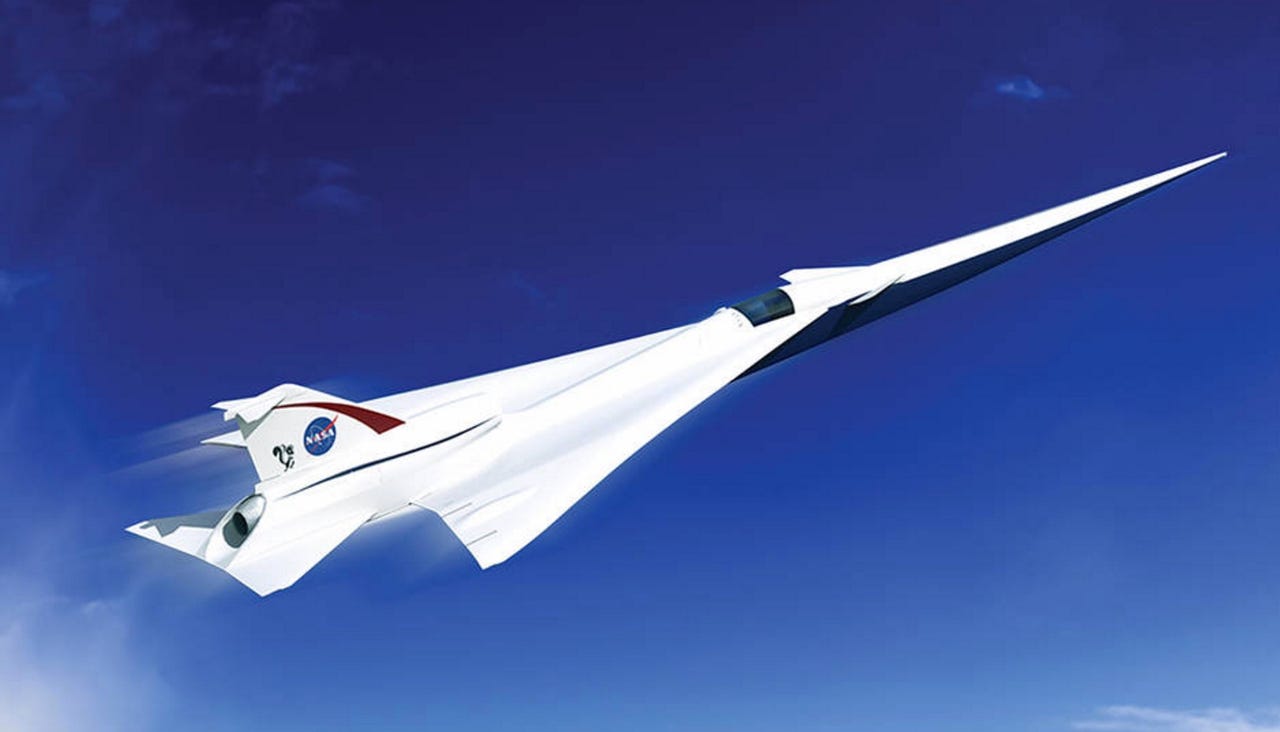NASA wants to resurrect the days of the Concorde


The National Aeronautics and Space Administration (NASA) has invested $20 million into a research project which explores the possibilities of bringing back the days of supersonic flight.
In an announcement last week, the US agency said Palmdale, California-based Lockheed Martin was the recipient of the research funds, and the aeronautics firm would be focusing on a "low boom" aircraft.
Concorde was retired in 2003 following the disastrous Air France Flight 4590, due to fly from Paris, France to New York City in 2000. On takeoff, the Concorde picked up a titanium alloy strip, killing all the passengers and crew as well as causing devastation to a hotel upon impact.
Featured
It was not only this accident which prompted the high-speed plane to exit the commercial realm. At the time, the sheer expense of running the supersonic plane was not financially viable.
However, we may one day see the Concorde resurrected. Lockheed Martin's task, the first investment in NASA's New Aviation Horizons initiative, is to develop a supersonic craft which avoids the loud and disruptive "boom" of the old Concorde, and to instead develop an aircraft which can fly at supersonic speeds through soft, thumping "heartbeats" under the name Quiet Supersonic Technology (QueSST).
NASA Administrator Charles Bolden commented:
"NASA is working hard to make flight greener, safer and quieter -- all while developing aircraft that travel faster, and building an aviation system that operates more efficiently. To that end, it's worth noting that it's been almost 70 years since Chuck Yeager broke the sound barrier in the Bell X-1 as part of our predecessor agency's high-speed research.
Now we're continuing that supersonic X-plane legacy with this preliminary design award for a quieter supersonic jet with an aim toward passenger flight."
The project will take place at NASA's Langley Research Center in Hampton, Virginia. Lockheed Martin will receive NASA's investment over 17 months, and is expected to produce design concepts and plans for the QueSST aircraft.
The team includes subcontractors GE Aviation of Cincinnati and Tri Models.
Jaiwon Shin, associate administrator for NASA's Aeronautics Research Mission called the move the "next logical step" in opening up supersonic travel once again to the public.
Top gadgets and apps to protect your mobile devices
Read on: Top picks
- How to increase your Bitcoin mining profit by 30 percent with less effort
- SMS Android malware roots and hijacks your device - unless you are Russian
- Bug bounties: Which companies offer researchers cash?
- Shodan: The IoT search engine privacy messenger
- What happens when you leak stolen bank data to the Dark Web?